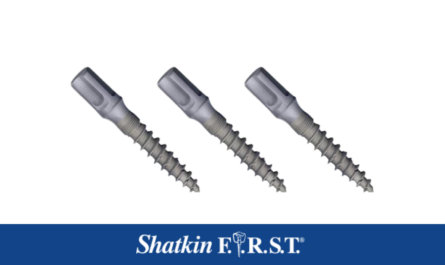Sponsored Content: Henry Schein One — Multisite
As DSOs grow and expand their reach, some are seeing the potential for integrating with medical care providers. More than ever before, the healthcare industry is recognizing that continuity of care — creating integration between oral care and other medical care — can provide patients with better health outcomes.
Indeed, the current divide between medical and dental care often does not adequately support the needs of the patient and doesn’t contribute to their overall health as much as it could. The lack of shared patient health information on a single patient record means important information is often excluded from the decision-making process when providing care.
Integrated care allows medical institutions and dental practices to work hand in hand to deliver seamless, effective, and efficient care to better meet the health needs of the patient. Implementing an integrated care method requires connecting medical and dental records into a single patient record that helps improve the communication between primary care practitioners and dental practitioners. Interoperability and single patient health records are critically important when a dental practice integrates with a medical health center. With the right tools and software in place, you can optimize your integrated care model.
What your integrated solution should look like
DSOs are uniquely positioned for partnerships with primary care providers to offer integrated care and shared health information, which can enhance revenue and improve patient outcomes. Finding a dental practice management system that effectively interoperates with medical systems can facilitate this partnership without sacrificing your dental-specific workflows and productivity. Here are three things you should look for in an integrated solution:
- Clear communication – Clear communication processes are essential for an integrated health system. Your solution should communicate your patient’s needs throughout your organization in a way that is accessible to dental and medical professionals.
- Streamlined workflow – Many integrated practice management systems are based on medical models that have been modified with a handful of basic dental features. But medical and dental clinicians practice differently. Your solution should be designed to work with medical systems without sacrificing workflows that work best for dental providers. With a streamlined dental-specific workflow, you can empower your entire team to improve efficiency, productivity, and patient care.
- Efficiently managed processes – Integrated healthcare can introduce more complex processes to patient care, necessitating a solution that can handle all the unique providers and sites with a scalable database. With a comprehensive solution, you can simplify complex processes and reduce costs by housing patients, providers, and data all in one place, all accessible from any practice location.
How Dentrix Enterprise can optimize your processes
Dentrix Enterprise is a best-in-class dentistry software for DSOs, group practices and public health organizations, designed to address their unique needs. Interoperable with more than 40 different medical systems, Dentrix Enterprise allows you to clearly communicate your patient’s needs throughout your organization. Visit www.DentrixEnterprise.com to learn more.




